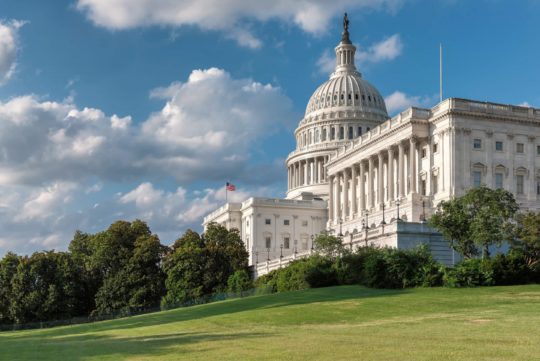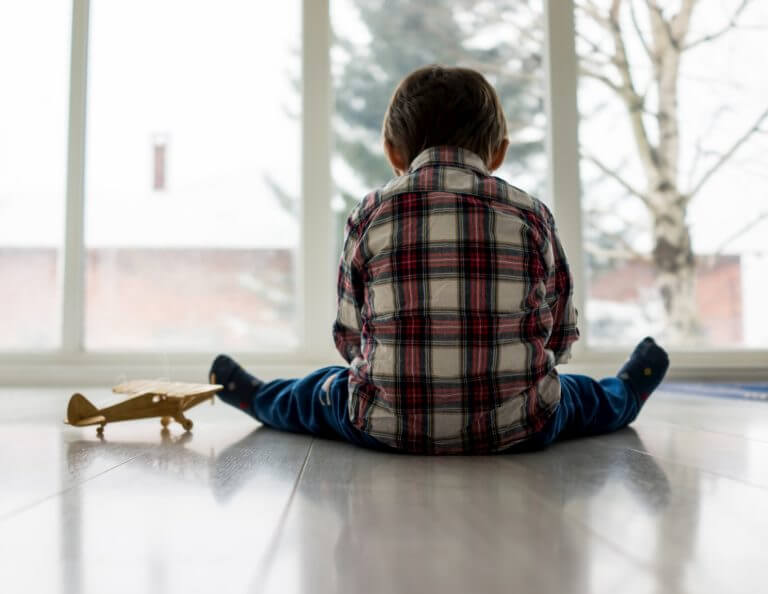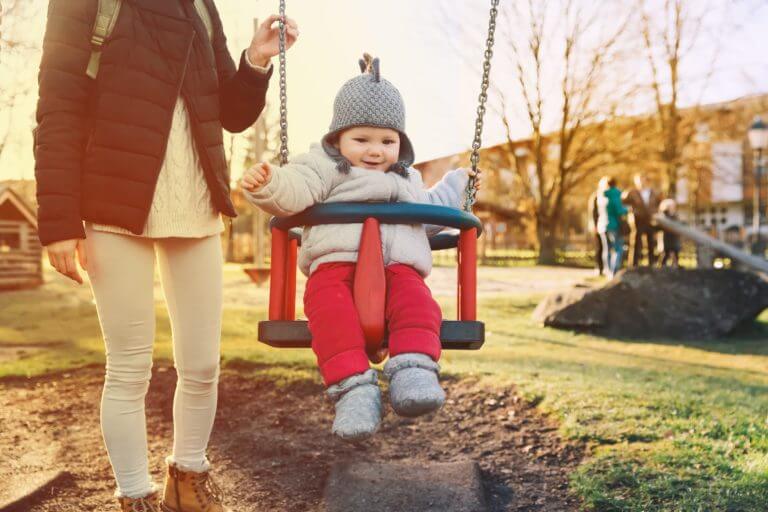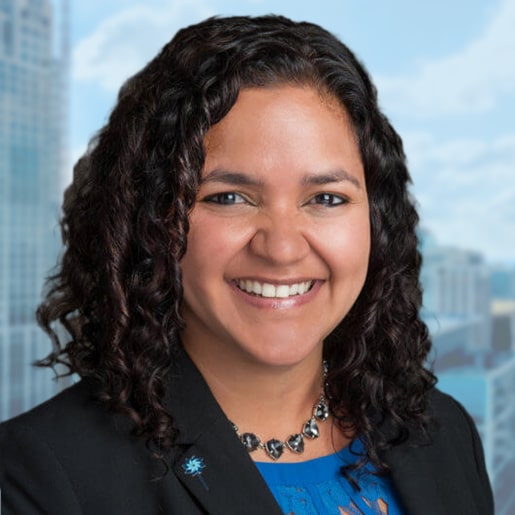Child Sexual Abuse Prevention
What Is Child Sexual Abuse?
Child Sexual Abuse (CSA) is defined as the involvement of a child (ages 0–17 years old) in sexual activity to provide sexual gratification or financial benefit to the perpetrator. This includes both touching and non-touching behaviors.
Examples of child sexual abuse include contact for sexual purposes, molestation, statutory rape, trafficking, sexually explicit images, exposure, incest, or other sexually exploitive activities.
Child sexual abuse occurs in all populations—it affects child in all socioeconomic levels, across all racial, ethnic, and cultural groups, and in both rural and urban areas.
Key Facts
7%
or about 47,000, of all substantiated cases of child maltreatment in 2018 were officially counted as victims of child sexual abuse.
This figure significantly under represents the number of child sexual abuse victims.
Source: U.S. Department of Health and Human Services
91%
of child sexual abuse is perpetrated by someone the child or child’s family knows.
Source: CDC
Prevention
Preventing child sexual abuse requires a collective effort to further understand the causes of child sexual abuse and approaches to tackle it. The CDC provides a number of strategies (STOP SV) that aid in reducing or preventing sexual violence. The strategies are promoting social norms that protect against sexual violence, teaching skills to prevent sexual violence, providing opportunities to empower and support girls and women, creating protective environments, and supporting victims/survivors to less harm. Additionally, the CDC provides other strategies to prevent child abuse and neglect, these include strengthening economic support to families, providing quality care and education early in life, enhancing parenting skills to promote healthy child development, and intervening to lessen immediate and long-term harms.
How We’re Addressing Child Sexual Abuse
Prevent Child Abuse America’s research, programs, and affiliate network is focused on preventing child sexual abuse through several practical solutions for creating the conditions for safe, stable, and nurturing relationships and environments for all children, families, and communities.

We work to strengthen economic supports through public policy work at the federal and state levels.

Our signature home visiting program, Healthy Families America, helps to ensure children have a strong start.

We promote social norms that protect against sexual violence and support positive parenting through public awarenes and engagment campaigns.
Outcomes
Impact
Research from the Adverse Childhood Experience Study and subsequent sources document the devastating impact of child sexual abuse on children, dramatically increasing their risks for future health and developmental challenges. Child sexual abuse can harm a child’s physical health through unwanted/unplanned pregnancies, physical injuries, long-term chronic medical conditions and mental health leading to issues like depression and PTSD. Additionally, victims of child sexual abuse may experience social/behavioral consequences like substance abuse, risky sexual behaviors, and suicide.
Cost
In 2015, research found that the total lifetime economic burden of child sexual abuse in the U.S. is $9.3 billion. Likely, this figure is an underestimate, since that child sexual abuse is underreported. Specific to child abuse and neglect, there are also enormous societal costs involved. A 2018 report estimated the lifetime economic burden of substantiated child abuse and neglect cases and child fatalities is approximately $592 billion nationwide. The U.S. spends large sums of money funding the child welfare system and allocates very few resources or time to the primary prevention of child abuse and neglect. For example, in 2016 the U.S. spent about $30 billion on child welfare services, whereas in FY2020, Congress only allocated $56 million to Community-Based Child Abuse Prevention (CBCAP) services—the largest dedicated federal source for primary prevention funding for child abuse and neglect.
Latest Child Sexual Abuse Resources
See more-

The Economic Burden of Child Sexual Abuse
This research review looks at a study from Dr. Elizabeth Letourneau, from Johns Hopkins University, which examines the economic burden of child sexual abuse.
Research Reviews
-

Strengthening Protective Factors in Your Community
One way to ensure that all children have the opportunity to grow up feeling safe and loved is to make an effort to learn about and promote the protective factors in your family and in your community.
Toolkits & Guides
-

Environmental Factors and the Intergenerational Transmission of Child Maltreatment
In this research review we focus on a group of studies looking at issues related to the intergenerational patterns of child abuse and neglect and factors that may interrupt this cycle.
Research Reviews
Frequently Asked Questions About Child Sexual Abuse
In 2018, approximately 47,000 children were victims of child sexual abuse, accounting for nearly 7% of all cases of substantiated incidents of child maltreatment in the United States. However, this figure significantly under represents the number of child sexual abuse victims. Specifically, nearly 1 in 4 girls and 1 in 13 boys experience child sexual abuse during their childhood and approximately 91% of child sexual abuse is perpetrated by someone the child or child’s family knows. In fact, only 3% of abusers were a stranger to the child in a survey of 15-17 year old’s.
Disclosing child sexual abuse is also a consequential problem — only about 1 in 4 children who experience abuse disclose this during their childhood. Among those who are able to disclose the abuse, only 21% disclosed within one year, and 57% disclosed within 5 years of the abuse. Moreover, males are twice as likely as females to not disclose sexual abuse.
Research from the Adverse Childhood Experience Study and subsequent sources document the devastating impact of child sexual abuse on children, dramatically increasing their risks for future health and developmental challenges. Child sexual abuse can harm a child’s physical health through unwanted/unplanned pregnancies, physical injuries, long-term chronic medical conditions and mental health leading to issues like depression and PTSD. Additionally, victims of child sexual abuse may experience social/behavioral consequences like substance abuse, risky sexual behaviors, and suicide.
CSA Prevention Programs
- Cares for Kids
- Child Assault Prevention
- Enough Abuse: https://www.enoughabuse.org
- Stewards of Children (Darkness to Light): https://www.d2l.org/education/stewards-of-children/
- Monique Burr Foundation for Children: https://www.mbfpreventioneducation.org



